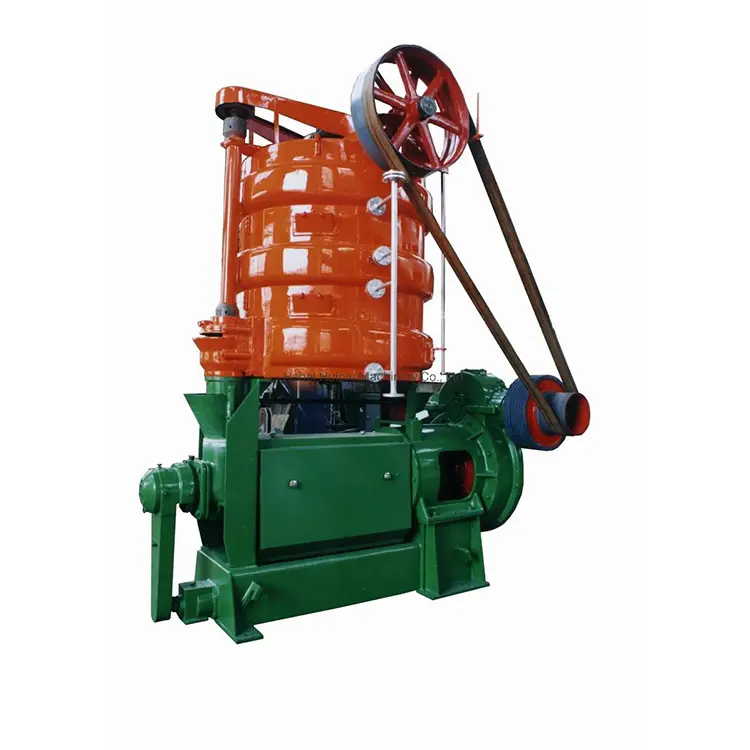Dec . 09, 2024 15:28 Back to list
neem seed oil production line products
Understanding Neem Seed Oil Production Line and Its Products
In recent years, the demand for natural and organic products has surged, particularly in the health and beauty industries. One of the standout products that have gained significant attention is neem seed oil, derived from the seeds of the neem tree (Azadirachta indica). Known for its wide array of benefits, neem oil is utilized in various applications, including cosmetics, pharmaceuticals, and agricultural products. In this article, we will explore the production line of neem seed oil and highlight some of its remarkable products.
The Neem Tree A Natural Treasure
The neem tree, often referred to as the miracle tree, is native to the Indian subcontinent. Its leaves, bark, seeds, and fruits have been used in traditional medicine for centuries due to their antibacterial, antifungal, and anti-inflammatory properties. Among these, neem seed oil is extracted from the seeds, which are densely packed with nutrients and bioactive compounds.
Neem Seed Oil Production Process
The production line of neem seed oil involves several key steps to ensure that the final product retains its quality and efficacy. Here are the main stages in the production process
1. Harvesting Neem seeds are harvested from mature neem trees during the peak harvesting season. The quality of the seeds is crucial, as it directly affects the oil’s properties.
2. Cleaning and Drying Once harvested, the seeds are cleaned to remove any impurities, such as dirt and pests. After cleaning, they are dried to reduce moisture content, which is essential for optimal oil extraction.
3. Oil Extraction The dried seeds undergo an oil extraction process, which can be achieved through cold pressing or solvent extraction methods. Cold pressing is preferred as it preserves the oil’s natural properties. During this process, the seeds are crushed to release the oil without adding heat, ensuring that beneficial compounds remain intact.
4. Filtering After extraction, the oil is filtered to remove any solid particles or impurities. This step is vital for enhancing the oil's clarity and quality.
neem seed oil production line products

5. Storage The final neem oil product is stored in dark, airtight containers to protect it from light and air, preserving its potency over time.
Products Derived from Neem Seed Oil
The versatility of neem seed oil has led to a wide range of products being developed in various industries. Here are some notable products derived from neem seed oil
1. Skincare Products Neem oil is celebrated for its ability to combat acne, reduce inflammation, and hydrate the skin. Skincare lines often incorporate neem oil in creams, serums, and ointments to harness its therapeutic benefits.
2. Hair Care Products Neem oil is also popular in shampoos and conditioners due to its antifungal properties. It helps to combat dandruff and promote a healthy scalp, thereby benefiting overall hair health.
3. Natural Pesticides In agriculture, neem seed oil serves as a natural pesticide and insect repellent. It is often used in organic farming to protect crops from pests and diseases without the harmful effects of synthetic chemicals.
4. Therapeutic Oils Neem oil is incorporated into massage oils and therapeutic blends for its calming and soothing properties. It is often used in aromatherapy and natural wellness products.
Conclusion
The production line of neem seed oil showcases an efficient process that transforms raw neem seeds into valuable products used across various industries. Its numerous applications in skincare, hair care, agriculture, and health demonstrate the versatility and efficacy of this natural oil. As consumers increasingly seek sustainable and organic options, the popularity of neem seed oil and its products is likely to continue rising, solidifying its place in the market as a key player in the realm of natural wellness and beauty.
-
Oil Processing Equipment - High-Efficiency Flaking Machine
NewsJul.25,2025
-
High-Efficiency Peanut Oil Refined Machine for Quality Oil Production Leading Exporters & Companies
NewsJul.08,2025
-
High Efficiency Sunflower Seed Oil Press – Leading Cooking Oil Press Machine Factories & Suppliers
NewsJul.08,2025
-
High-Efficiency Soybean Oil Press Machine – Leading Exporters & Reliable Companies
NewsJul.07,2025
-
High-Efficiency Seed to Oil Extractor – Reliable Extraction Machinery for Your Business
NewsJul.07,2025
-
High-Quality Pressing Screw of Oil Expeller for Efficient Oil Extraction Leading Exporters & Manufacturers
NewsJul.06,2025
